
Introduction
Few cars have left as lasting an impression on the automotive world as the Nissan 240SX. Born in the late 1980s and continuing into the late 1990s, this rear-wheel-drive (RWD) sports car quickly became a favorite among enthusiasts, particularly in the drifting and tuning scenes. With its lightweight chassis, balanced handling, and remarkable adaptability for modifications, the 240SX transformed from an affordable Japanese coupe into a motorsport legend.
This article will explore the 240SX’s history, design philosophy, engine configurations, cultural impact, and its current status in the collector and tuning markets. By the end, you will understand why this car remains so revered—and why finding a clean, unmodified example is becoming increasingly difficult.
Chapter 1: The Origins and Development of the 240SX
The Birth of the S-Chassis
The Nissan 240SX is part of Nissan’s S-platform, which originated in Japan with the Silvia (S10, S110, S12) series in the 1960s and 1970s. However, the S13 generation (1988–1994) was the first to gain massive popularity, thanks to its sleek styling and accessible price point.
While Japan received the Silvia (S13) with turbocharged SR20DET engines, North America got a different version—the 240SX—with a naturally aspirated KA24E/DE engine due to emissions and cost considerations.
First Generation (S13: 1989–1994)
Body Styles & Design
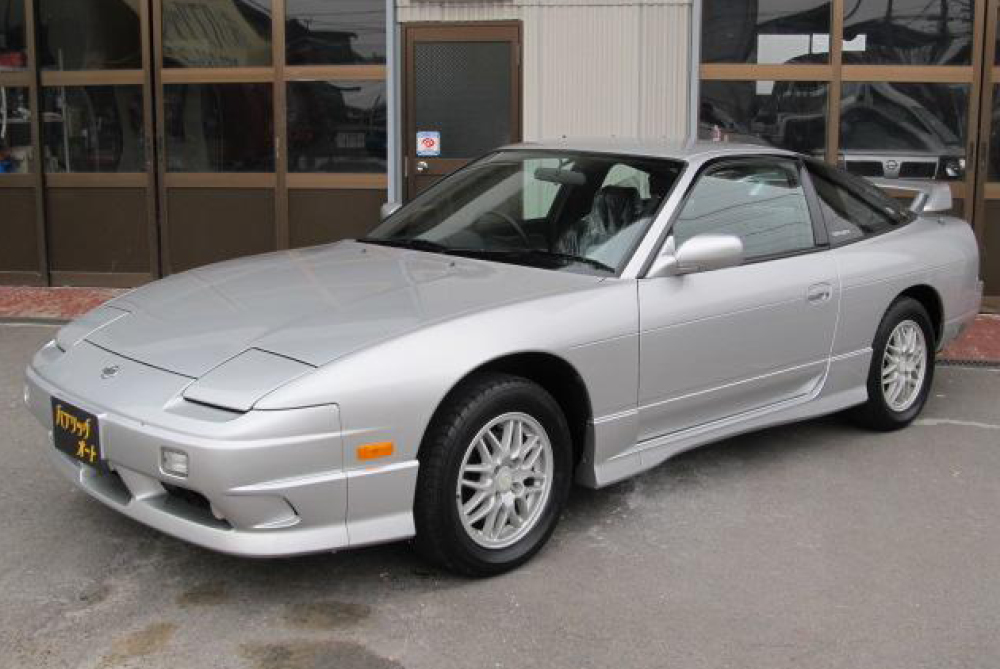
The S13 240SX was offered in two body styles:
- Coupe (Fastback) – Sleek, aerodynamic lines with a notchback profile.
- Hatchback (“Zenki” and “Kouki”) – Sportier and more compact, favored by drifters for its weight distribution.
One of the most recognizable features of early S13 models was the pop-up headlights (1989–1990). By 1991, Nissan switched to fixed headlights due to safety regulations.
Engine Options
- KA24E (1989–1990) – Single overhead cam (SOHC) 2.4L, 140 hp.
- KA24DE (1991–1994) – Dual overhead cam (DOHC) 2.4L, 155 hp.
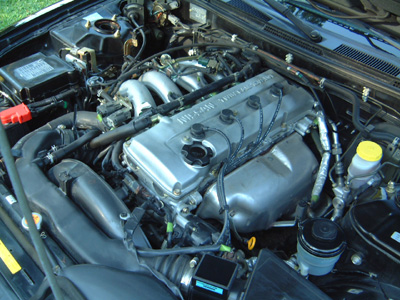
While the KA-series engines were reliable, enthusiasts often criticized them for being underpowered compared to Japan’s turbocharged SR20DET or Europe’ CA18DET. This led to a thriving engine swap culture, which we’ll explore later.
Suspension & Handling
The 240SX featured a MacPherson strut front suspension and a multilink rear suspension, which was advanced for its time. This setup provided 50/50 weight distribution, making it exceptionally balanced for drifting and road racing.
Some models also came with **HICAS (High Capacity Actively Controlled Steering)**—Nissan’s rear-wheel steering system—though many drifters removed it for simplicity.
Chapter 2: The Evolution – Second Generation (S14: 1995–1998)
In 1995, Nissan introduced the second-generation 240SX (S14). Unlike the S13, it was only available as a coupe in the US, with a more aggressive and modern design.
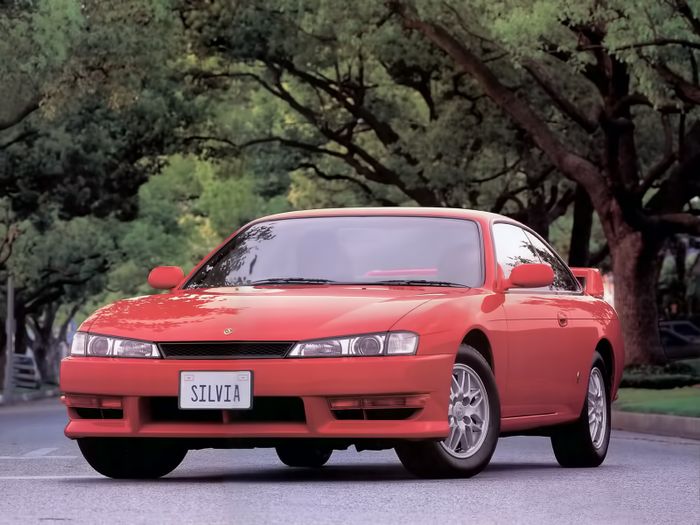
Engine & Performance
The KA24DE engine remained the sole option in the US, with minor refinements bumping output to 155–160 hp. While still not a powerhouse, Nissan improved throttle response and mid-range torque for better drivability.
Styling Upgrades
- Sharper, more angular bodylines compared to the S13.
- Improved aerodynamics with a smoother front fascia.
- More luxurious interior options (leather seats, digital climate control).
Chassis & Handling Improvements
- Stronger chassis rigidity for better stability.
- Revised suspension geometry for improved cornering.
- Wider wheelbase, giving it a more planted feel.
Despite these upgrades, the S14 didn’t sell as well due to rising insurance costs and a shift in consumer interest toward SUVs in the late 1990s.
Chapter 3: The 240SX in Motorsports – Dominating the Drift Scene
The Rise of Drifting
Drifting, a motorsport originating in Japan, exploded in popularity in the early 2000s. The 240SX was the perfect car for drifting due to its:
- Lightweight, RWD layout
- Easily tunable suspension
- Abundant aftermarket support
Popular Modifications for Drifting
- Engine Swaps:
- SR20DET (Turbo JDM Engine) – The most common swap, boosting power to 250–350 hp with basic tuning.
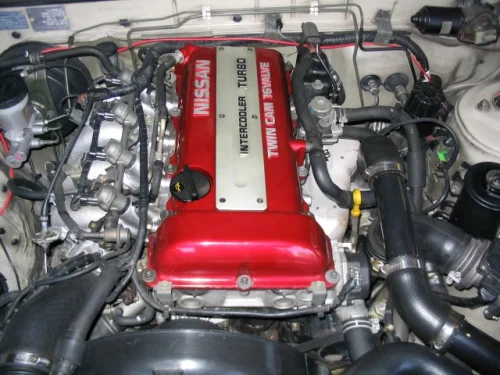
- RB26DETT (Skyline GT-R Engine) – For serious power (400+ hp).
- LS V8 Swaps – American muscle meets Japanese handling (500+ hp possible).
- SR20DET (Turbo JDM Engine) – The most common swap, boosting power to 250–350 hp with basic tuning.
- Suspension Upgrades:
- Coilovers (KW, BC Racing, Fortune Auto).
- Adjustable control arms for better drift angles.
- Solid subframe bushings to reduce flex.
- Aerodynamic & Weight Reduction:

- Wide-body kits for wider tires.
- Removal of rear seats, spare tire, and sound deadening.
Race & Media Appearances
- Featured in Fast & Furious (1998, 2001).
- Used by pro drifters like Chris Forsberg and Vaughn Gittin Jr. in early Formula Drift events.
- A staple in video games (Gran Turismo, Forza, Need for Speed).
Chapter 4: The 240SX Today – Market Prices, Restoration, and Collectability
Price Trends
- Clean, Unmodified Models: $15,000–$40,000 (rising fast).
- Modified Drift Cars: $5,000–$20,000 (varies by build quality).
- S15 Silvia Conversions: $25,000+ (requires illegal imports due to US 25-year rule).
Common Issues
- Rust:
- Rear wheel arches, floor pans, and frame rails are prone to corrosion.
- Abused Drift Cars:
- Many have been crashed, poorly modified, or run hard.
- Original Parts Scarcity:
- Body panels, OEM interior pieces, and trim are hard to find.
Restoration & Preservation
- Buying a Clean Shell: Many start with a rust-free chassis before rebuilding.
- OEM+ Modifications: Keeping the car looking stock while improving performance.
- Engine Bay Detailing: A well-restored 240SX can be a showpiece.
Chapter 5: The Future of the 240SX
Investment Potential
- As prices of 1990s JDM icons (Supra, RX-7, NSX) skyrocket, the 240SX is next in line.
- Unmodified S14s are rare and climbing in value.
Regulatory Threats
- California’s strict emissions laws make engine swaps difficult.
- Drift tax (overpricing) makes it hard for new enthusiasts to enter.
The Aftermarket Still Thrives
- Companies like Garage Mak, Rocket Bunny, and Tomei still produce parts.
- New restomod companies specialize in modernizing 240SXs with LS3 swaps or RB26 conversions.
Conclusion: Why the 240SX Still Matters
The Nissan 240SX is more than just a car—it represents a golden era of affordable, modifiable sports cars. Whether you admire it for its drifting dominance, its timeless design, or its sheer potential for customization, the 240SX remains an enduring symbol of JDM culture.
While clean examples are increasingly hard to find, the aftermarket community is stronger than ever, ensuring that the 240SX will continue to be celebrated for decades to come.
Final Thoughts
- For Enthusiasts: If you find a clean one, hold onto it—it’s only going up in value.
- For Newcomers: Consider a well-documented project car or look for an S13/S14 with a solid chassis.
- For Investors: Low-mile, unmolested 240SXs are future classics.
Will you be the next owner to keep the legend alive?


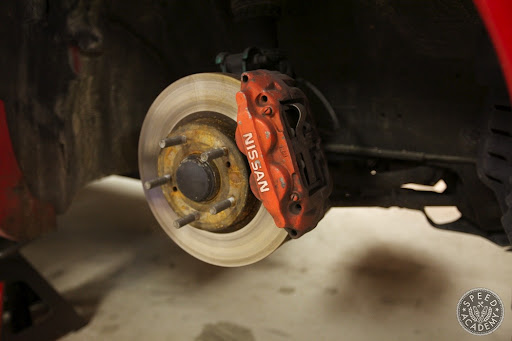
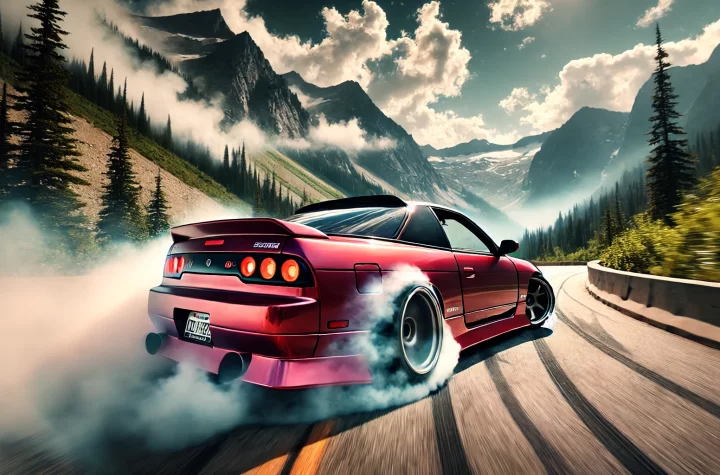
More Stories
240SX Wheel Fitment Guide (S13 & S14) – Offset, Spacers & Fender Rolling Explained
Is the Nissan 240SX a Good Drift Car? (S13 & S14 Drift Guide)
✅ SEO Blog Article Package: “How to Do a 4-Lug to 5-Lug Conversion on a Nissan 240SX (S13 & S14)”